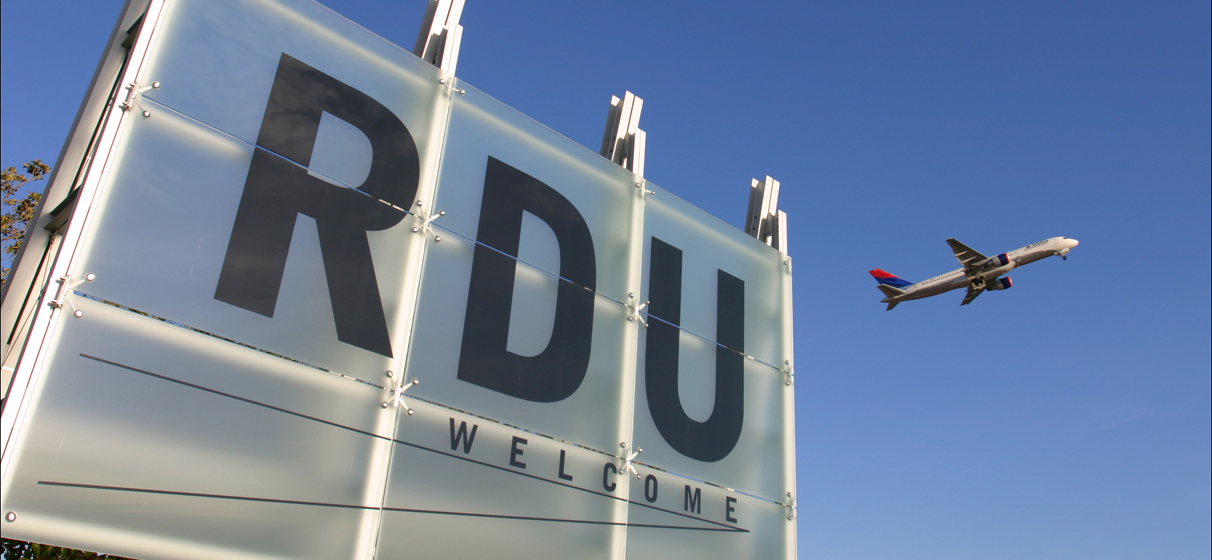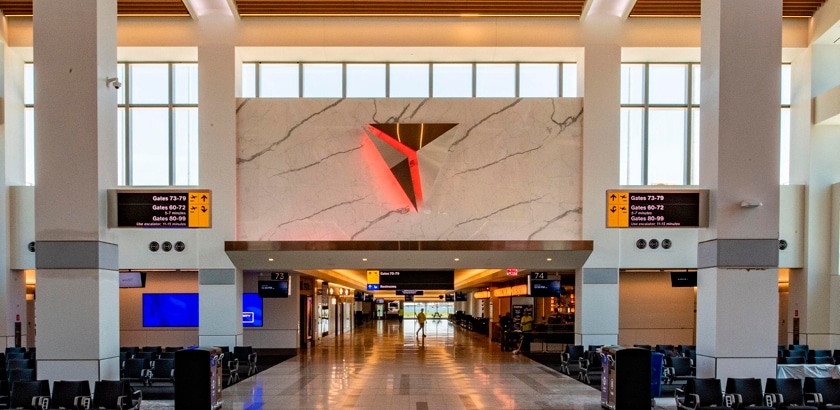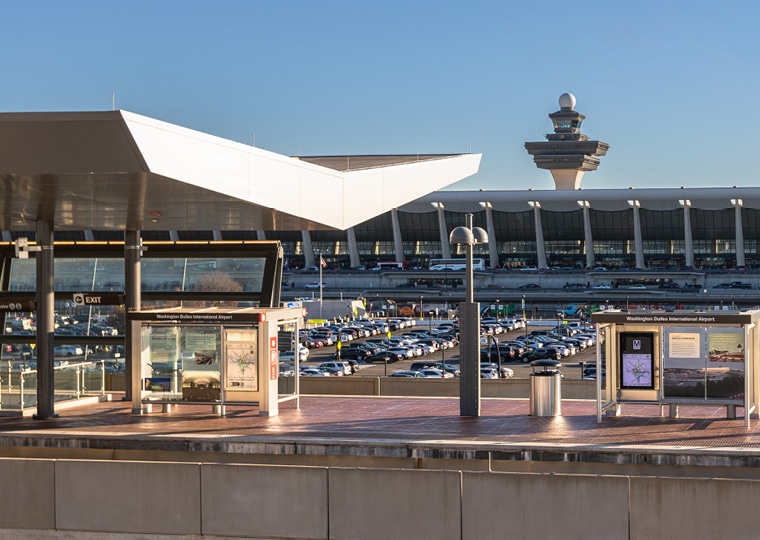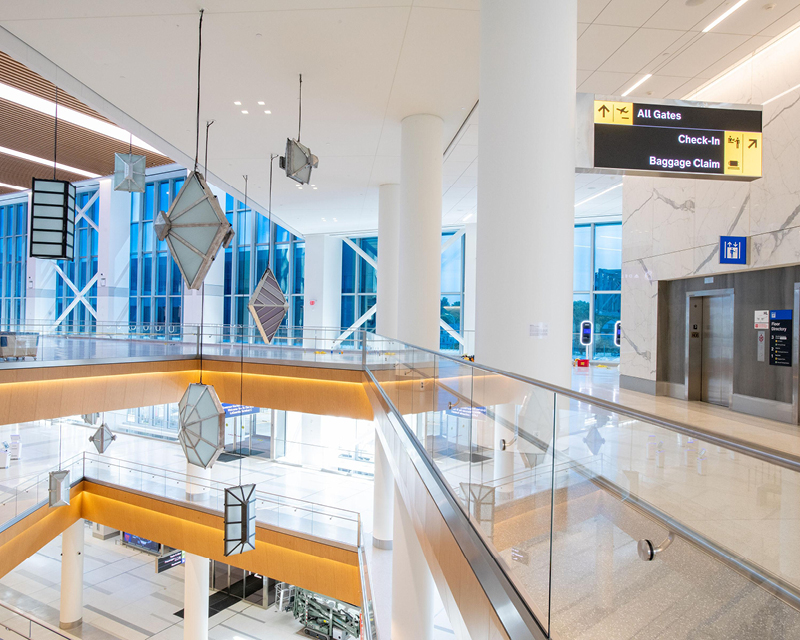Airport construction projects are some of the most complex undertakings in the infrastructure space today. These massive initiatives require seamless coordination of diverse stakeholders, adherence to strict safety and regulatory standards and precise scheduling to avoid costly disruptions. In a time where air travel demand continues to grow and modernization of aging infrastructure becomes a necessity, a robust project controls plan isn’t just a helpful tool – it’s an imperative for success.
STV recently partnered with Raleigh-Durham International Airport (RDU) in North Carolina to develop a project controls maturity assessment to guide the airport through its current capital improvement plan – dubbed Vision 2040. This 25-year master plan for growth identified RDU’s short-, medium- and long-term development needs to meet the region’s future demand for aviation services. It’s based on projected passenger volume and the ability of RDU’s facilities to handle current and future demand, as well as socioeconomic and environmental impacts. Considering that RDU set a record for passenger traffic in 2024 while reaching other major milestones, the project controls maturity assessment was crucial for the airport’s larger ambitious plans to move ahead expeditiously.
When creating a project controls assessment within the aviation space, it’s important to note that airport construction projects face distinct challenges that set them apart from other types of infrastructure work. These include:
- High Stakeholder Complexity: From airlines and government agencies to contractors and local communities, the number of stakeholders involved in airport projects is vast. Each has unique priorities, and misaligned expectations can derail progress.
- Regulatory Oversight and Compliance: Airports must adhere to rigorous local, national and international regulations, ranging from environmental standards to aviation safety protocols.
- Operational Continuity: Many projects must be executed while the airport remains operational, requiring detailed plans to minimize disruptions to travelers and airlines.
- Massive Budgets and Long Timelines: These projects often run into billions of dollars and can span several years. Even small deviations can lead to significant financial and scheduling setbacks.
- Integration of Advanced Technology: Modern airports require integration of cutting-edge technology, such as autonomous vehicles, AI-driven traffic management and cybersecurity measures, further increasing project complexity.
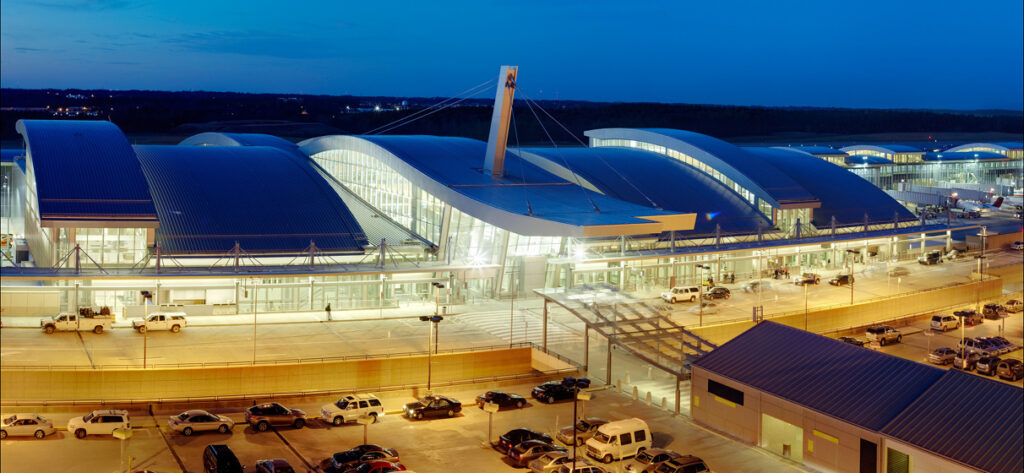
Our goals with RDU were similar to any client we support with our project controls expertise – to create a structured framework that would help RDU manage scope, schedule, cost, and risk effectively. To execute on that, we sat down with RDU’s team and analyzed their processes and procedures, including budget management, schedule management, document controls, technology and change management, to determine where the airport stands today and what steps they’ll need to take to successfully implement their Vision 2040 plan. From this analysis, the maturity assessment we prepared function as RDU’s project controls implementation roadmap for its capital improvement plan. Additionally, it’s helping them define how they want to be as an organization as it relates to project controls.
Meanwhile, our work in performing this maturity assessment opened the door for STV to take on a larger role managing a new project controls team at RDU, currently lead by Justin Plute. These are the kinds of connections our team is looking to make when providing this service to clients. It showcases that STV provides services beyond program and project management and that we are a trusted partner that can provide upstream consult services well before a program or project is initiated.
STV has showcased this expertise on other aviation projects as well, from the Terminal B Redevelopment at LaGuardia Airport in New York, to the Delta Sky Way at Los Angeles International Airport in California and Dallas Fort Worth International Airport in Texas. These programs show how as airport construction projects become larger and more technologically complex, the need for a robust project controls plan has never been greater. Our work at RDU exemplifies how a well-executed plan acts as the backbone of success, ensuring that these vital infrastructure projects meet the growing demands of the aviation industry while maintaining operational continuity and financial discipline.
